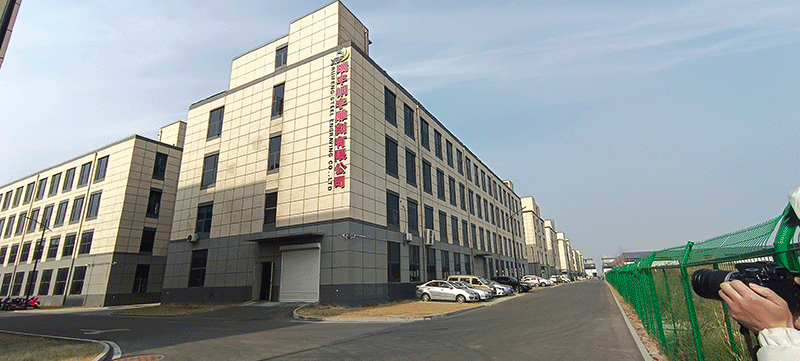Customized Steel Prefix
The advantages of mechanical lettering or stamping can include:
1 Durability: Mechanical lettering is a permanent marking method that will not fade or wear off easily, making it ideal for products that will be subject to frequent use or harsh environments.
2 Tamper-proof: Once a mark is stamped onto a product, it is very difficult to remove, making it an effective anti-counterfeiting measure.
3 Versatility: Mechanical lettering can be performed on a wide range of materials, including metal, plastic, rubber, and more.
4 Cost-effective: Compared to other marking methods, such as laser etching or engraving, mechanical lettering is often more affordable.
5 Environmentally friendly: Unlike some marking methods that involve harmful chemicals or emissions, mechanical lettering does not generate toxic waste or require special disposal procedures.
Overall, mechanical lettering is a reliable and efficient way to mark products with text, logos, serial numbers, and other information.
A customized steel prefix refers to a unique or personalized identifying code or symbol that is added to steel components or products. This prefix is often used for purposes such as part numbering, product identification, or traceability. Here are some key points about customized steel prefixes:
Purpose: Customized steel prefixes are used to uniquely identify steel components or products. They can aid in inventory management, quality control, and traceability throughout the manufacturing, distribution, and maintenance processes.

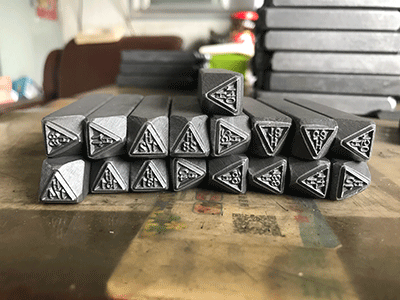
Design and Format: Customized steel prefixes can be created in various formats, such as alphanumeric codes, specific symbols, or combinations thereof. The design and format of the prefix are typically based on the specific requirements or standards of the industry or company.
Stamping or Marking Methods: The customized steel prefixes can be created using stamping or marking methods. Stampings are typically made using steel stamping dies and applied to the metal surface with a press and hammer, while marking methods can include techniques such as laser engraving, dot peen marking, or electrochemical etching.
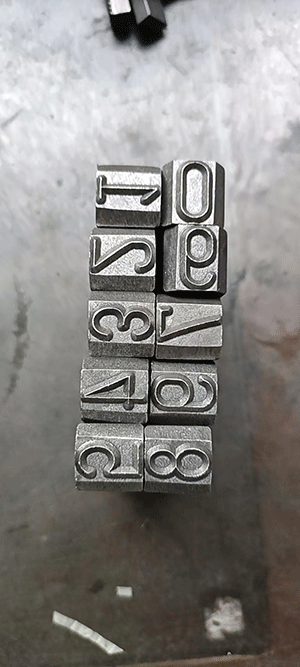
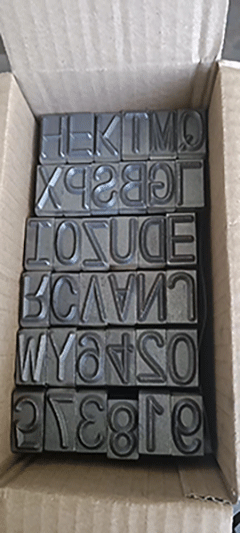
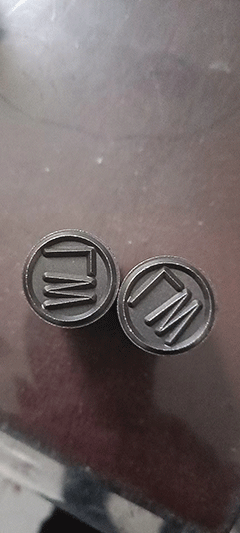
Size and Location: The size and location of the customized steel prefix can depend on factors such as part size, available space, and visibility requirements. The prefix should be easily readable and durable to ensure clear identification throughout the lifespan of the steel component or product.
Regulatory Compliance: In certain industries, there may be specific regulations or standards governing the required formats or information that should be included in a customized steel prefix. Compliance with these requirements is critical for ensuring traceability and conformity with industry guidelines.
Customization: The customization of a steel prefix allows for branding, customization based on specific customer requirements, or adherence to industry standards. This can include incorporating company logos, specific character sequences, or other desired features into the prefix.
It is important to consult with experts or specialists in steel fabrication, stamping, marking, or product identification to ensure that the customized steel prefix meets your specific needs and complies with any relevant regulations or standards. These professionals can provide guidance on the appropriate method, design, and implementation for your customized steel prefix.
